
Processing Your Payment
Please do not leave this page until complete. This can take a few moments.
- News
-
Editions
View Digital Editions
Biweekly Issues
- December 1, 2025
- Nov. 17, 2025
- November 03, 2025
- October 20, 2025
- October 6, 2025
- September 22, 2025
- + More
Special Editions
- Lists
- Viewpoints
-
Our Events
Event Info
Award Honorees
- Calendar
- Biz Marketplace
How to navigate change in every industry
If I know a thing or two, it’s about public relations. You can’t fake decades of real-world experience in an industry like PR.

Along the way, you learn a lot about change in your industry — how to anticipate it, how to respond, and how to stay ahead of the game.
When I started out at WCBB-TV in Lewiston way back when, I had an electric typewriter to write press releases. If I made a mistake, I had to use the back key and put a tiny piece of white eraser paper on top of the page, typing over the wrong letter or letters. We also used liquid white-out to get rid of errors.
That’s right: “eraser paper” and “white-out” for the kids at home. Mistakes used to cost a lot of time and effort, and patience too!
When I moved to Sugarloaf as assistant director of communications, my life changed: I had an electric typewriter with an “erase key,” which was cutting-edge. We used a mimeograph machine to make copies of press releases. Sometimes, I would ask the resort reservations staff to help me stuff the envelopes that would go in the mail to a large list of media publications, which received our pressers.
Our media list consisted of more than 1,500 outlets — a whole lot of envelopes. I had to run the envelopes through the postage machine before racing to the post office to get them out in the mail. I would always screech into the post office at 3 pm, barely in time for the outgoing mail truck. The postmistress would often give me the stink eye because it was difficult to get such a large mailing out at the last minute, but c’est la vie. I really wanted the releases to go out the same day because they were more newsworthy if they arrived quickly (right after I had written them). If we waited too long, the story could quickly become “old news.”
Once fax machines came along, my life changed again, eliminating the need to make all the copies and break the speed limit driving to the post office. Then there were personal computers, where I created a database of media contacts in dBase III Plus —a program where you could create targeted lists of media contacts based on their specific interests.
Using dBase III Plus presented a learning curve, but you picked it up quickly. In no time, I was calling up a list of the journalists interested in Nordic skiing in Massachusetts, or the golf writers based in New Jersey.
My boss at the time, Chip Carey, told me that the internet would inevitably affect PR and we better stay on top of it. He was right, and I continue to apply that lesson today. When social media platforms became all the rage, I was there, learning about Instagram posts and LinkedIn thought leadership. (For the record, I also enjoy socializing 24/7.)
Now, with AI all the rage, I am in the trenches again. From tutorials to trial and error of my own, I have been absorbing everything about large language models (LLMs), and how they are already impacting PR and journalism. Many of the rules related to earned, owned and paid media remain the same, but LLMs are changing how content is prioritized and ultimately consumed by the end user. Contextual digital PR — targeting the right online audiences with the right content at the right time — matters more than ever.
Not learning about ChatGPT, Google Gemini and the rest would be a failure for people in the PR industry. Every day is an opportunity to learn something new. It is impossible to adapt without being willing to learn, and not just “willing.” You have to put in countless hours playing around with new breakthroughs. Something like dBase III Plus wasn’t comfortable at first, but experience breeds expertise. The same logic applies to AI, and the next “thing.”
More experienced employees need to adjust to new technological realities, but more entry-level workers — who grew up with technology — can still absorb the old-fashioned ways of doing business. Writing a hand-written note in the mail is still valuable. There is still a place for old-school phone calls and in-person meetings. The best connections — professional and personal — are created and cultivated face-to-face.
Long story short, lifelong learning is the key to navigating industry change. As soon as you see a new trend, take the time to learn about it and become an expert. Don’t wait too long, or you might fall behind.
About the author
Nancy Marshall, a regular Mainebiz columnist, is CEO of Marshall Communications.
Mainebiz web partners
Related Content
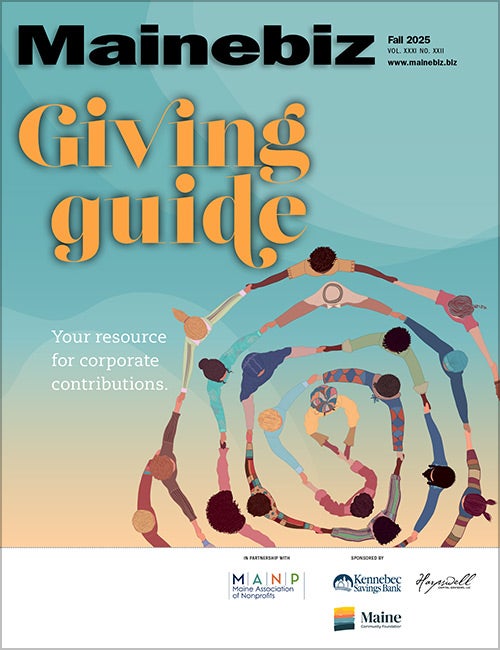
The Giving Guide
The Giving Guide helps nonprofits have the opportunity to showcase and differentiate their organizations so that businesses better understand how they can contribute to a nonprofit’s mission and work.
Learn More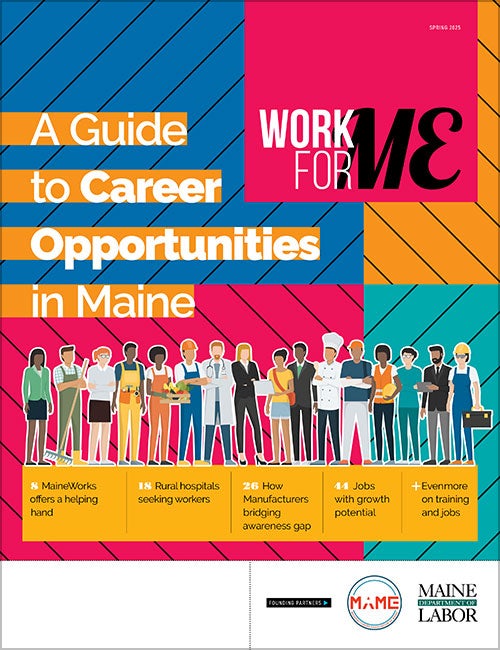
Work for ME
Work for ME is a workforce development tool to help Maine’s employers target Maine’s emerging workforce. Work for ME highlights each industry, its impact on Maine’s economy, the jobs available to entry-level workers, the training and education needed to get a career started.
Learn More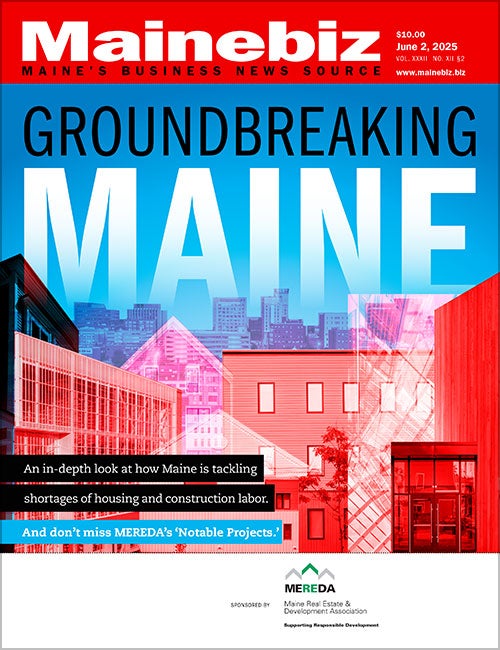
Groundbreaking Maine
Whether you’re a developer, financer, architect, or industry enthusiast, Groundbreaking Maine is crafted to be your go-to source for valuable insights in Maine’s real estate and construction community.
Learn more-
The Giving Guide
The Giving Guide helps nonprofits have the opportunity to showcase and differentiate their organizations so that businesses better understand how they can contribute to a nonprofit’s mission and work.
-
Work for ME
Work for ME is a workforce development tool to help Maine’s employers target Maine’s emerging workforce. Work for ME highlights each industry, its impact on Maine’s economy, the jobs available to entry-level workers, the training and education needed to get a career started.
-
Groundbreaking Maine
Whether you’re a developer, financer, architect, or industry enthusiast, Groundbreaking Maine is crafted to be your go-to source for valuable insights in Maine’s real estate and construction community.
ABOUT
NEW ENGLAND BUSINESS MEDIA SITES
No articles left
Get access now
In order to use this feature, we need some information from you. You can also login or register for a free account.
By clicking submit you are agreeing to our cookie usage and Privacy Policy
Already have an account? Login
Already have an account? Login
Want to create an account? Register
Get access now
In order to use this feature, we need some information from you. You can also login or register for a free account.
By clicking submit you are agreeing to our cookie usage and Privacy Policy
Already have an account? Login
Already have an account? Login
Want to create an account? Register


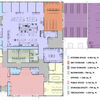




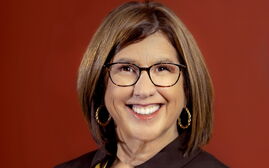

0 Comments